Monteith’s Doppelbock Winter Ale
 Michael discovered this beer in August, just as the Winter was ending, but that did not impair his enjoyment. Montieth’s Doppelbock Winter Ale is a throwback to classic Bavarian Ales, originating in the 1600’s. The full malty flavour is the result of the use of 4 different premium malts, producing a beer with a delicious dark red colour, with a hint of bitterness. The Ale is characterised by a rich smooth taste, followed with a rounded body and a long finish. The beer contains traditional ‘Hallertau’ hops, typical of the German Bock type beers, the name means ‘double-bock’. The final gravity is about 16 ‘points’ with an alcohol of 6%, giving the beer a near ideal combination of drinkability and strength. In simple terms, it is a strong heavy tasting beer, just right for cool days, but only if not over chilled, or the balance is lost.
Michael discovered this beer in August, just as the Winter was ending, but that did not impair his enjoyment. Montieth’s Doppelbock Winter Ale is a throwback to classic Bavarian Ales, originating in the 1600’s. The full malty flavour is the result of the use of 4 different premium malts, producing a beer with a delicious dark red colour, with a hint of bitterness. The Ale is characterised by a rich smooth taste, followed with a rounded body and a long finish. The beer contains traditional ‘Hallertau’ hops, typical of the German Bock type beers, the name means ‘double-bock’. The final gravity is about 16 ‘points’ with an alcohol of 6%, giving the beer a near ideal combination of drinkability and strength. In simple terms, it is a strong heavy tasting beer, just right for cool days, but only if not over chilled, or the balance is lost.
Enjoy,
Michael

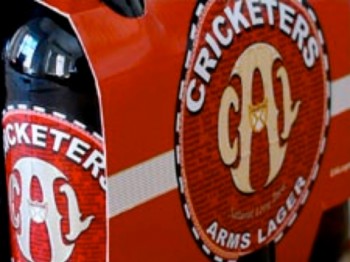
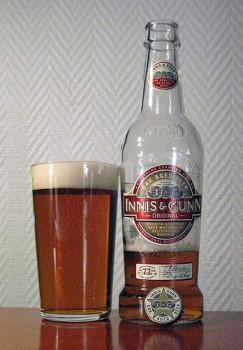
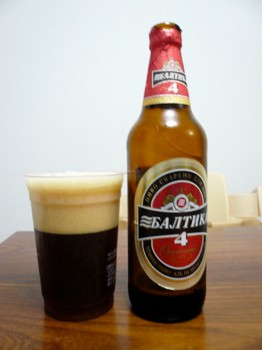
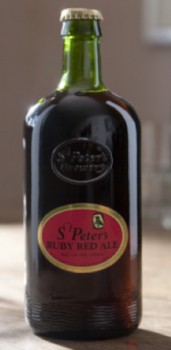
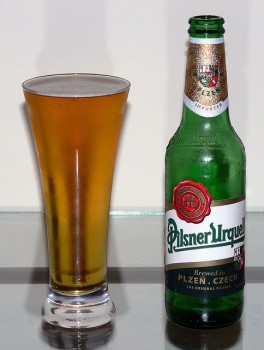
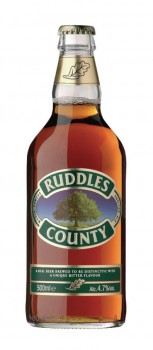

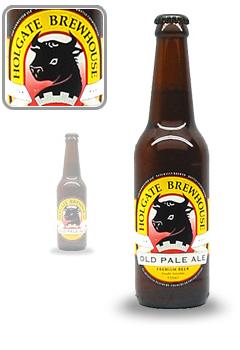 This month’s “ RefMet beer of the month” is the Holgate Brewhouse Old Pale Ale. This beer is based on an English style bitter. It has a strong copper-red colour and a full taste brought on by the hops. The beer boasts an alcohol content on 5%, which is typical for Pale Ale. The malt adds a nutty flavour, which helps to balance the bitterness of the beer, and certainly makes the beer very enjoyable to drink.
This month’s “ RefMet beer of the month” is the Holgate Brewhouse Old Pale Ale. This beer is based on an English style bitter. It has a strong copper-red colour and a full taste brought on by the hops. The beer boasts an alcohol content on 5%, which is typical for Pale Ale. The malt adds a nutty flavour, which helps to balance the bitterness of the beer, and certainly makes the beer very enjoyable to drink.